Mission First Tactical showed their new trays, just launched on their website today.
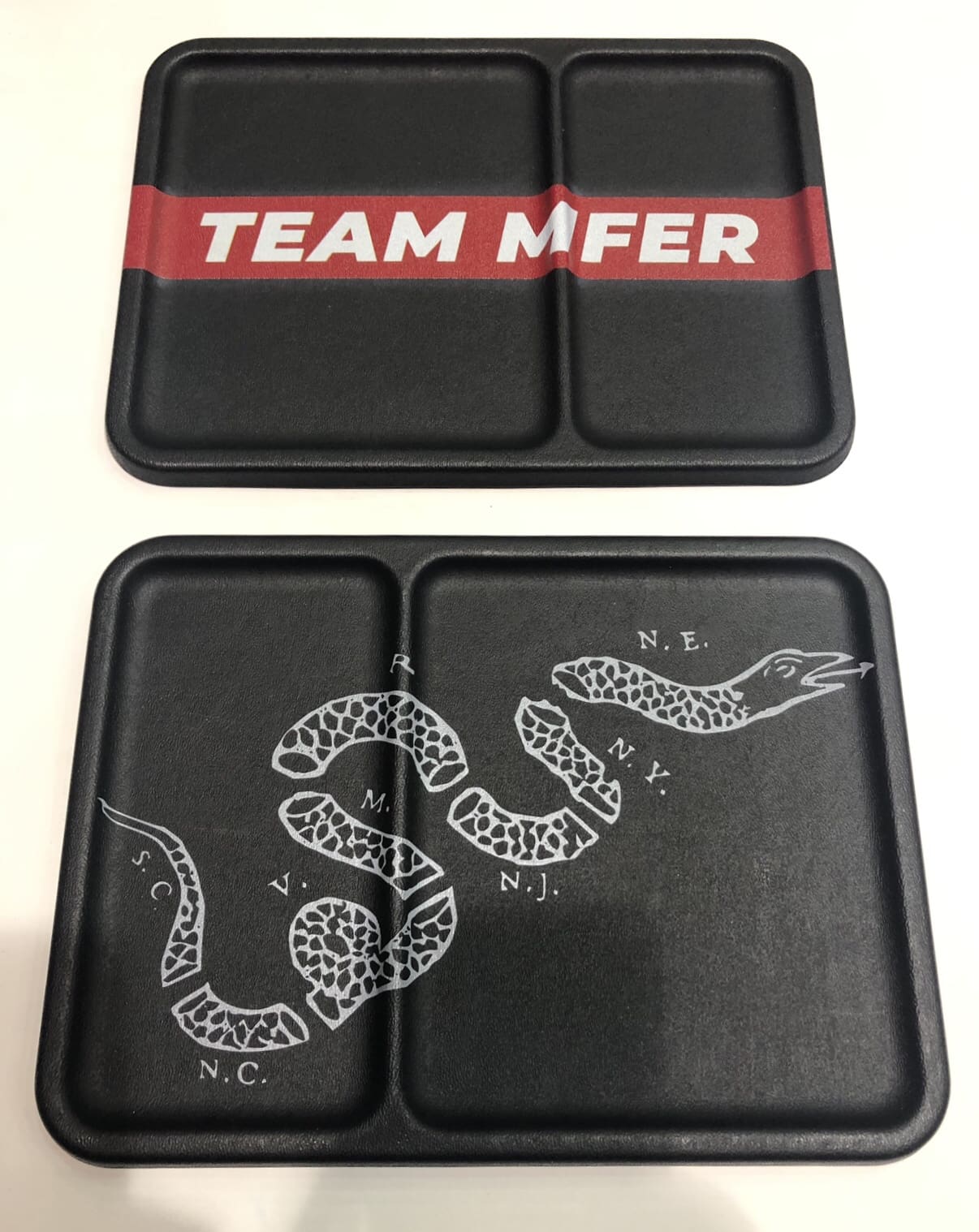
They’re highly durable and available in several patterns. The smaller compartment fits my iPhone 8+ perfectly.
Mission First Tactical showed their new trays, just launched on their website today.

They’re highly durable and available in several patterns. The smaller compartment fits my iPhone 8+ perfectly.
Taylor Freelance makes accessories for competitive shooters like their T-Mag AR-15 +3 Baseplate.
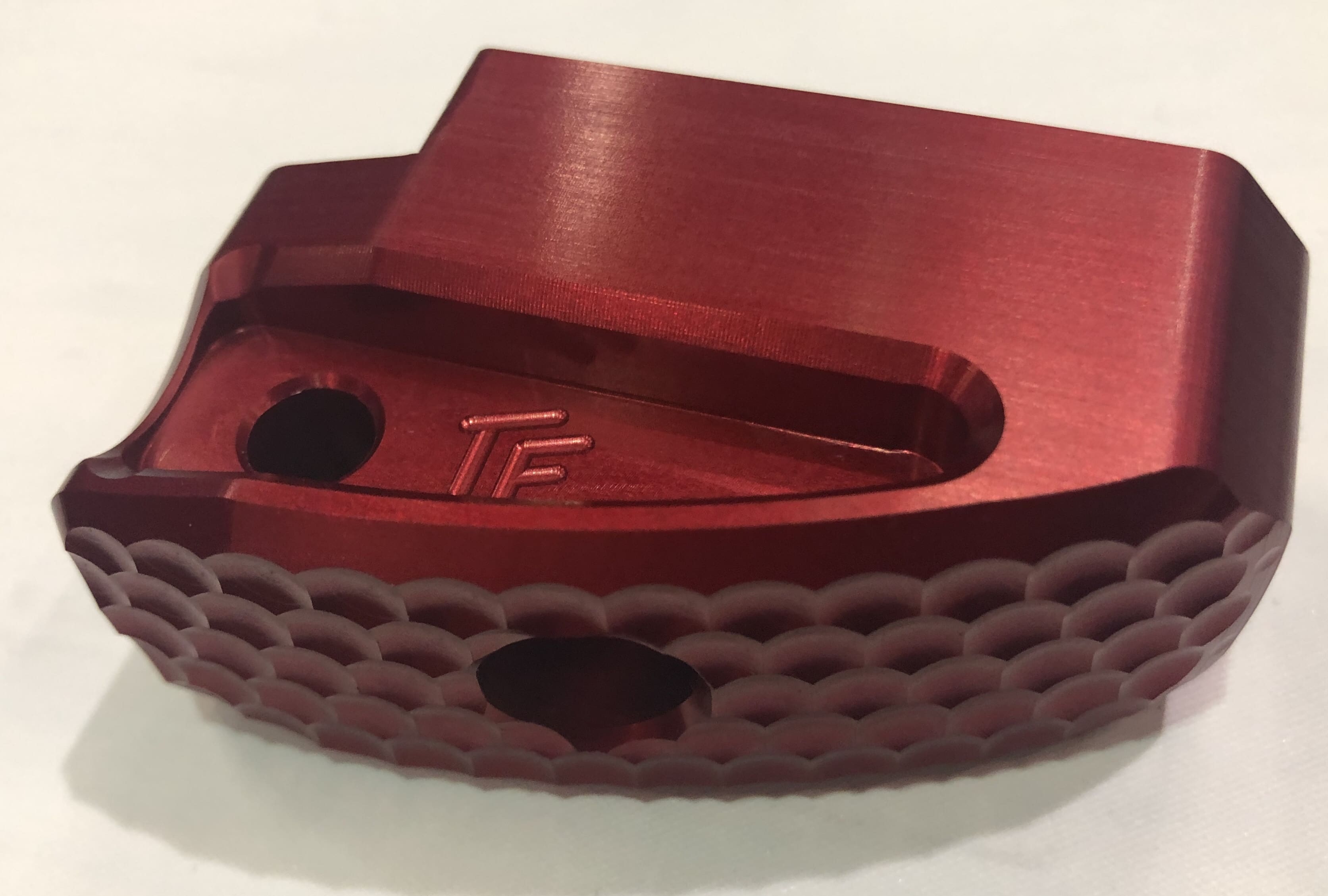
It not adds three extra rounds to a Magpul M3 PMAG, but it also serves as a non-skid platform for shooting off of the bipod. The curve makes it easy to quickly adjust rifle elevation.
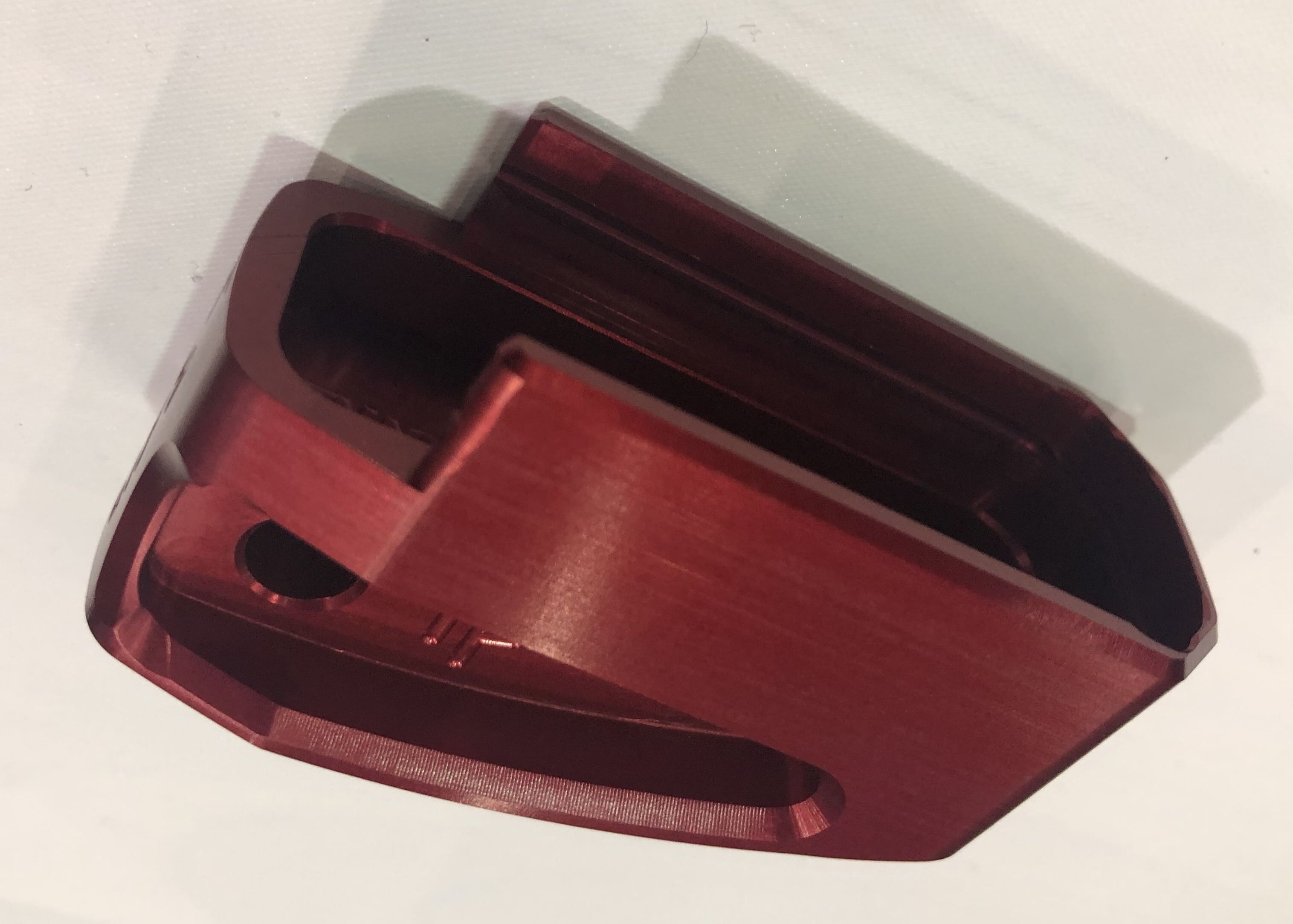
Additionally, the design incorporates a built-in tab to facilitate reloads from a pouch.
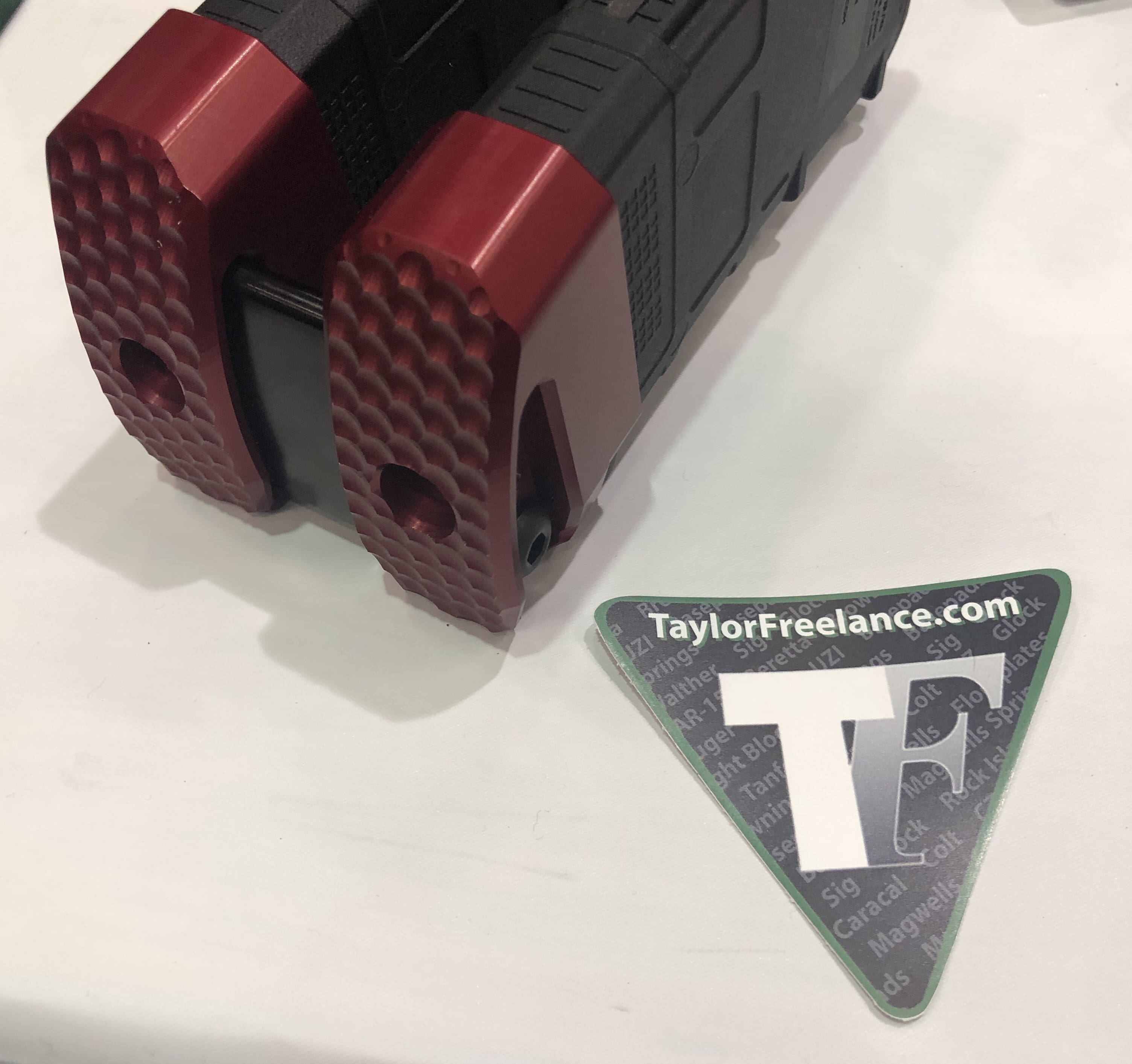
Available in Red, Aluminum, Black and Blue as well as with a coupler kit to attach two together.
CMC Triggers purchased Sun Optics USA and is completely revamping the line. Right from the get go, they’ll acknowledge that these are value priced optics. While they’re introducing a new line of variable power optics, they also have three new Red Dot Optics.
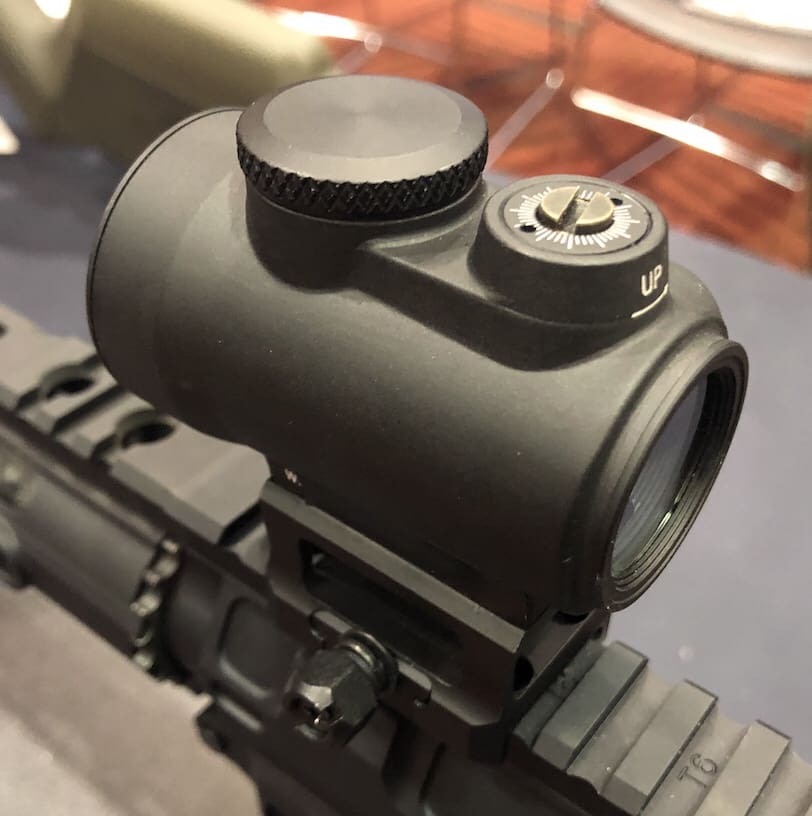
Firs off are the RAID Micro and Wide Angle RDOs. Both offer a 2 MOA dot with 11 brightness and 3 Night Vision settings. The Micro has a 26mm lens and the Wide Angle 30mm.
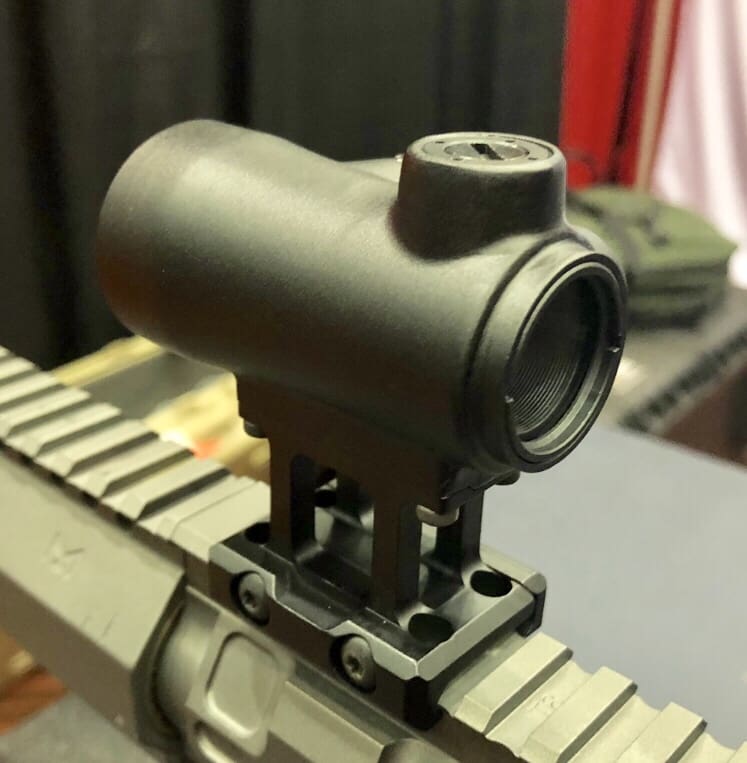
The Micro boasts 50,000 hours due to a Rheostat switch and the Wide Angle and 40,000 due to digital push button controls. They use a 2032 battery.
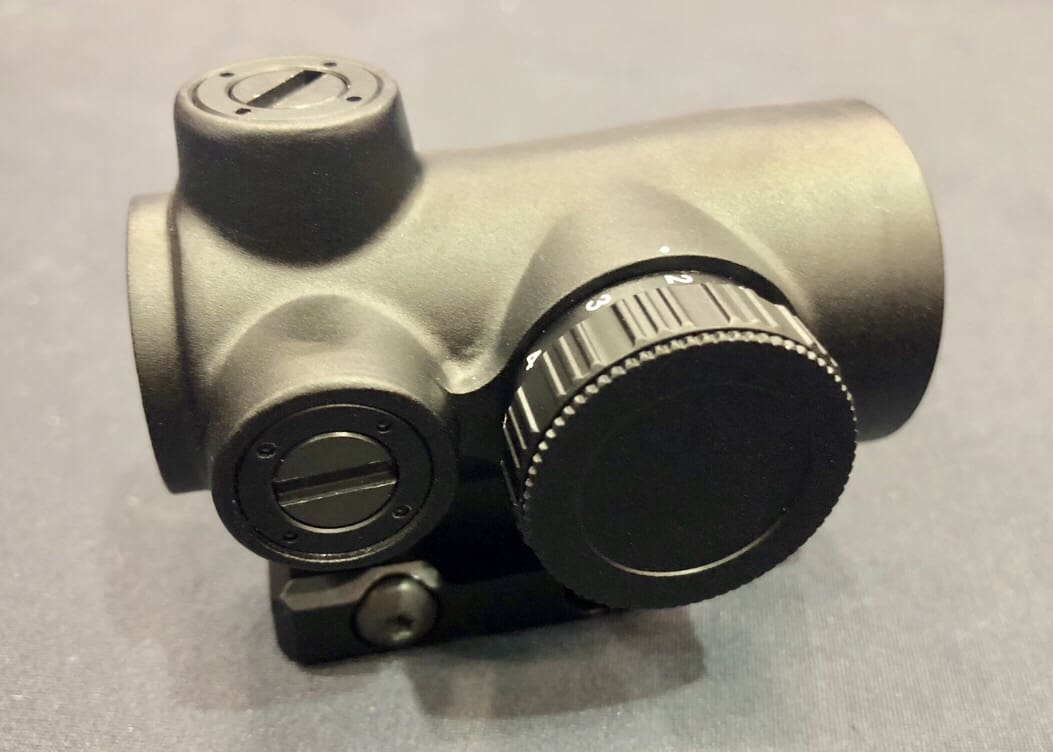
They feature a cast aluminum housing and both models come with Absolute, Lower 1/3 and Low mounts.
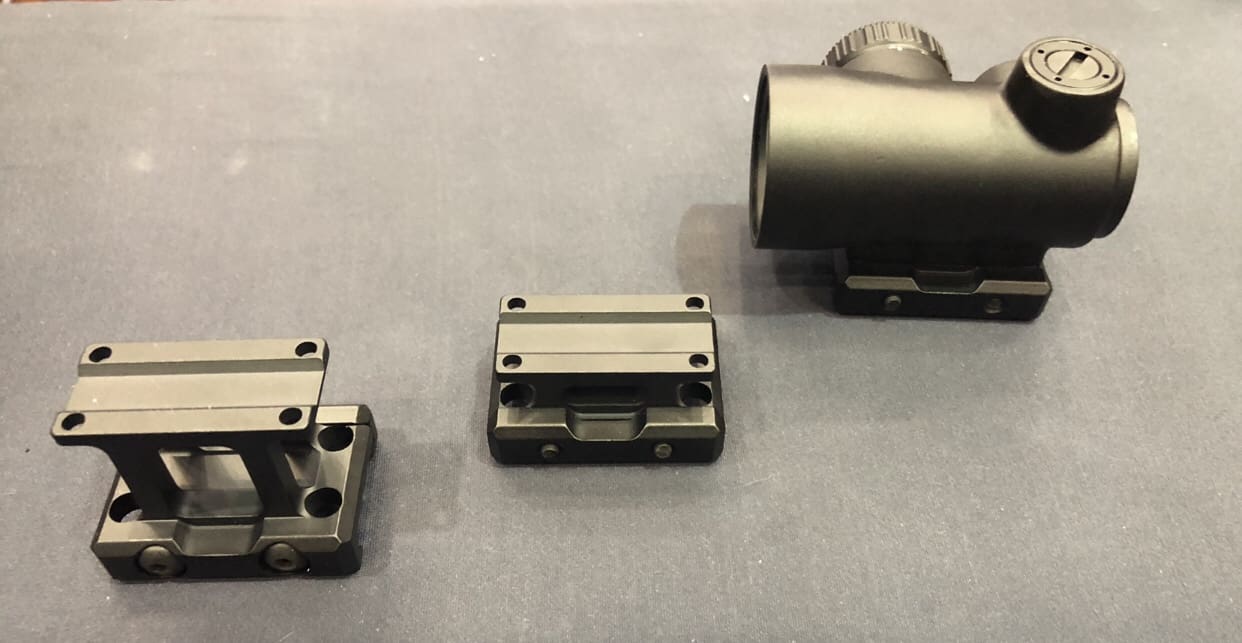
There is also an unnamed pistol RDO coming from Sun Optics.
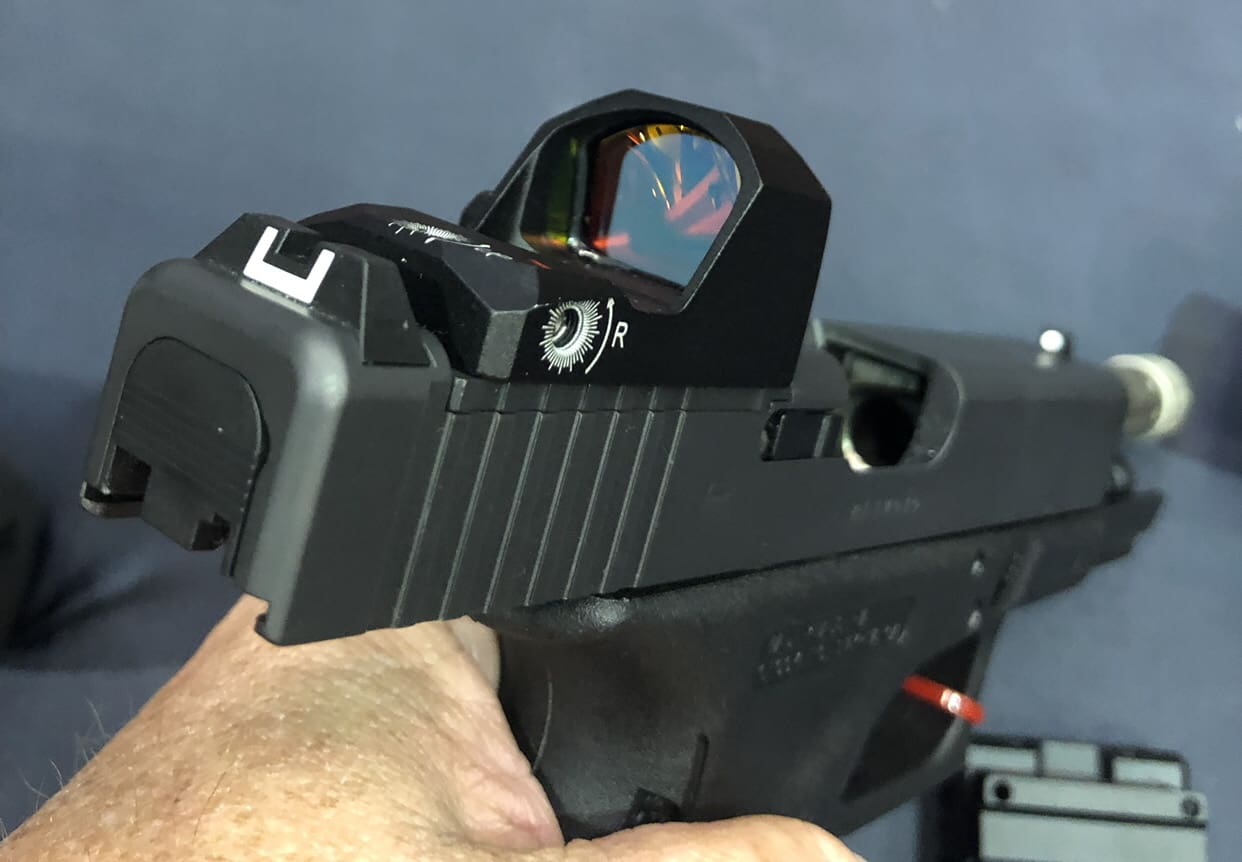
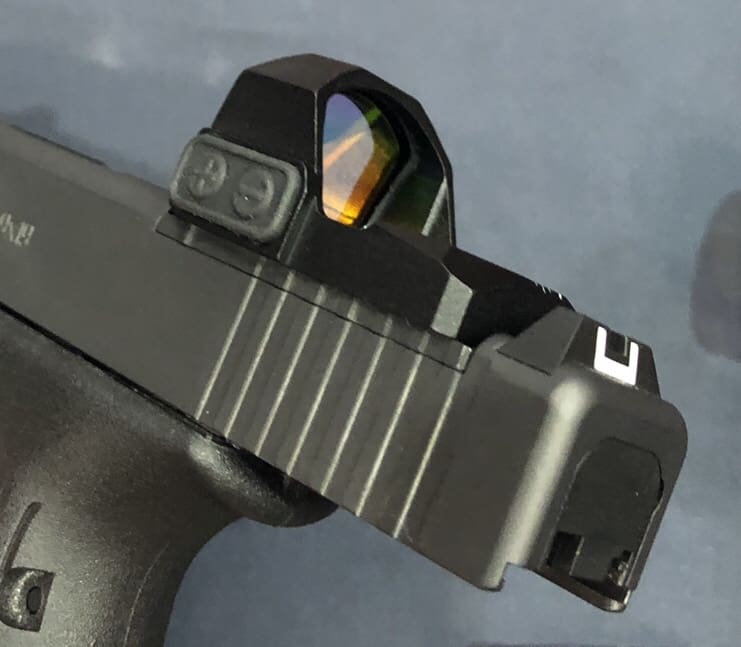
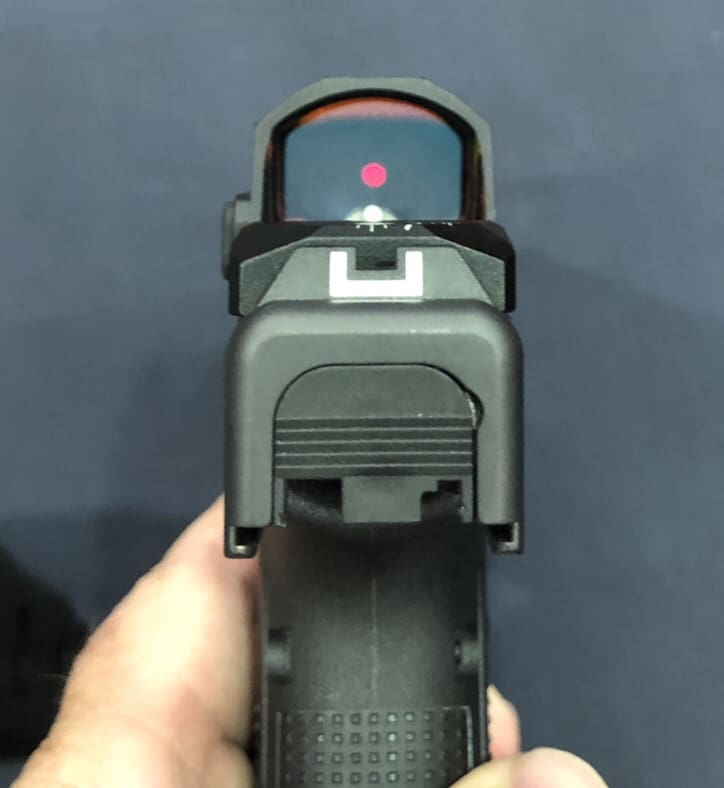
This is the thirty first installment of ‘Max Talk Monday’ which shares select episodes from a series of instructional videos. Max Velocity Tactical (MVT) has established a reputation on the leading edge of tactical live fire and force on force training. MVT is dedicated to developing and training tactical excellence at the individual and team level.
The Combat Reload is essential to manipulating your rifle in a firefight. This video explains the context, tactical considerations, and options when it comes to the Combat Reload. Solid weapon manipulation skills are important in a tactical context, allowing you to focus on situational awareness, rather than being sucked into trying to keep your rifle running. Do not confuse ‘tactical’ cool-guy shooting with real tactical context. Train to win the fight!
Detailed explanations can be found in the MVT Tactical Manual: Small Unit Tactics.
Max is a tactical trainer and author, a lifelong professional soldier with extensive military experience. He served with British Special Operations Forces, both enlisted and as a commissioned officer; a graduate of the Royal Military Academy Sandhurst. Max served on numerous operational deployments, and also served as a recruit instructor. Max spent five years serving as a paramilitary contractor in both Iraq and Afghanistan; the latter two years working for the British Government in Helmand Province, Afghanistan.
Website: Max Velocity Tactical
YouTube: Max Velocity Tactical
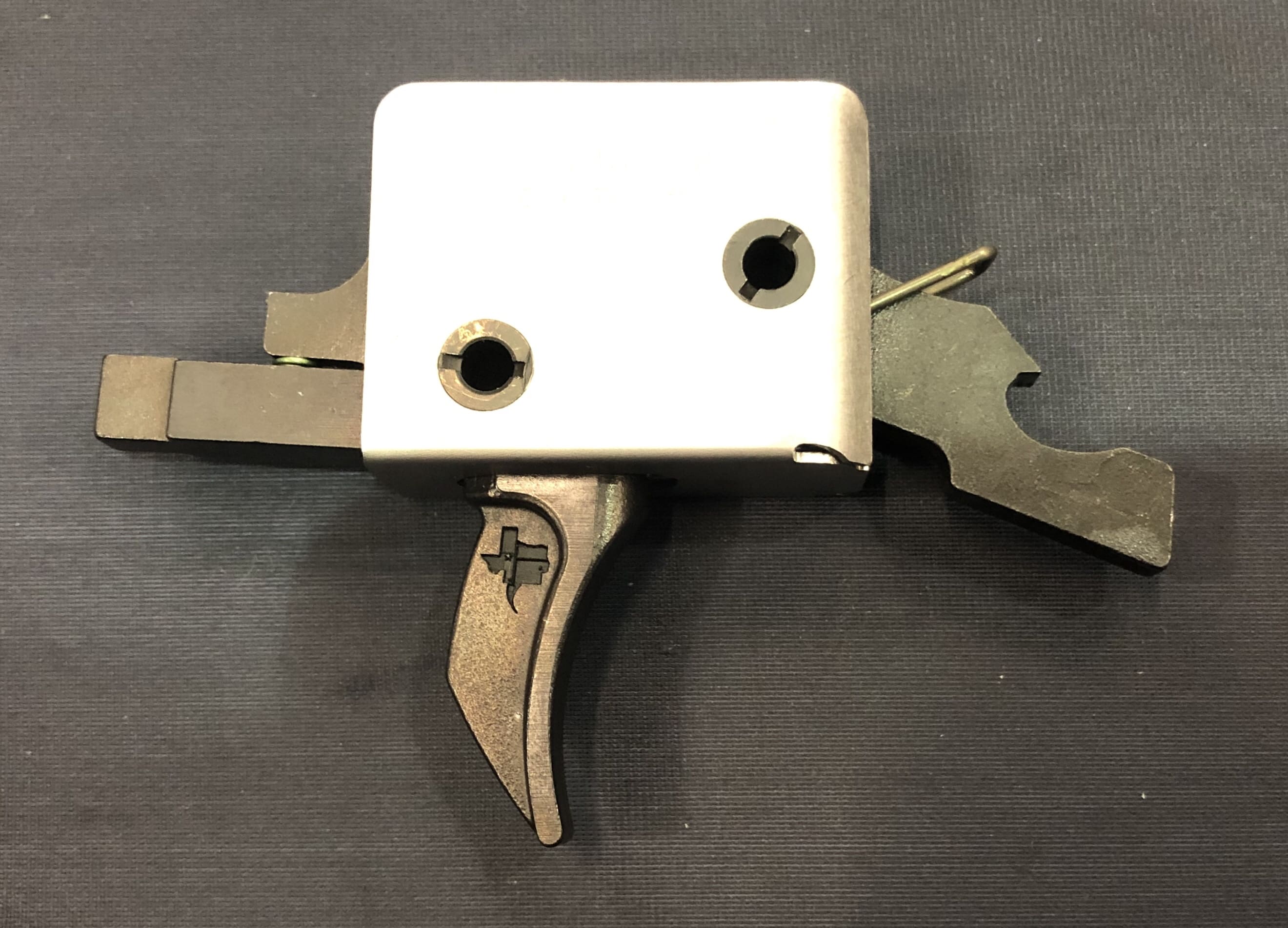
During TRIGGRCON, CMC Triggers released the new Combat Curve Trigger. It’s a Drop in model, offered in Semi and Full auto configurations as well as single and two-stage. It will be available in any trigger weight currently offered by CMC Triggers. Look for it in four to six weeks.
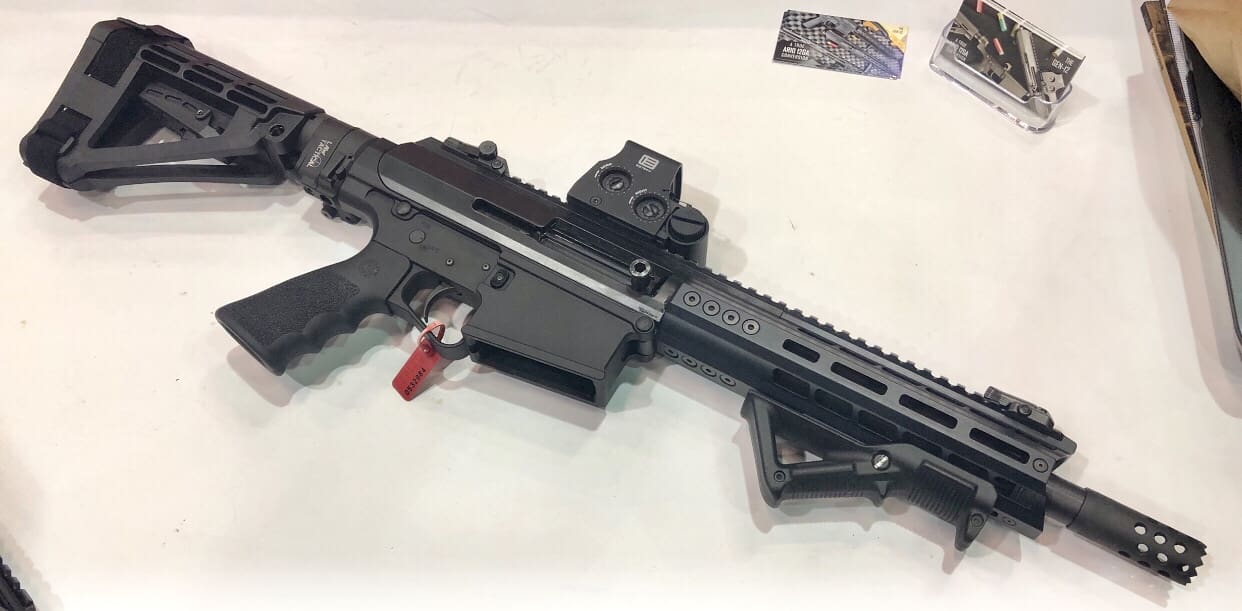
The GEN-12 from Genesis Arms is a 12 ga upper receiver group for use with DPMS 308AR (gen1) lowers.
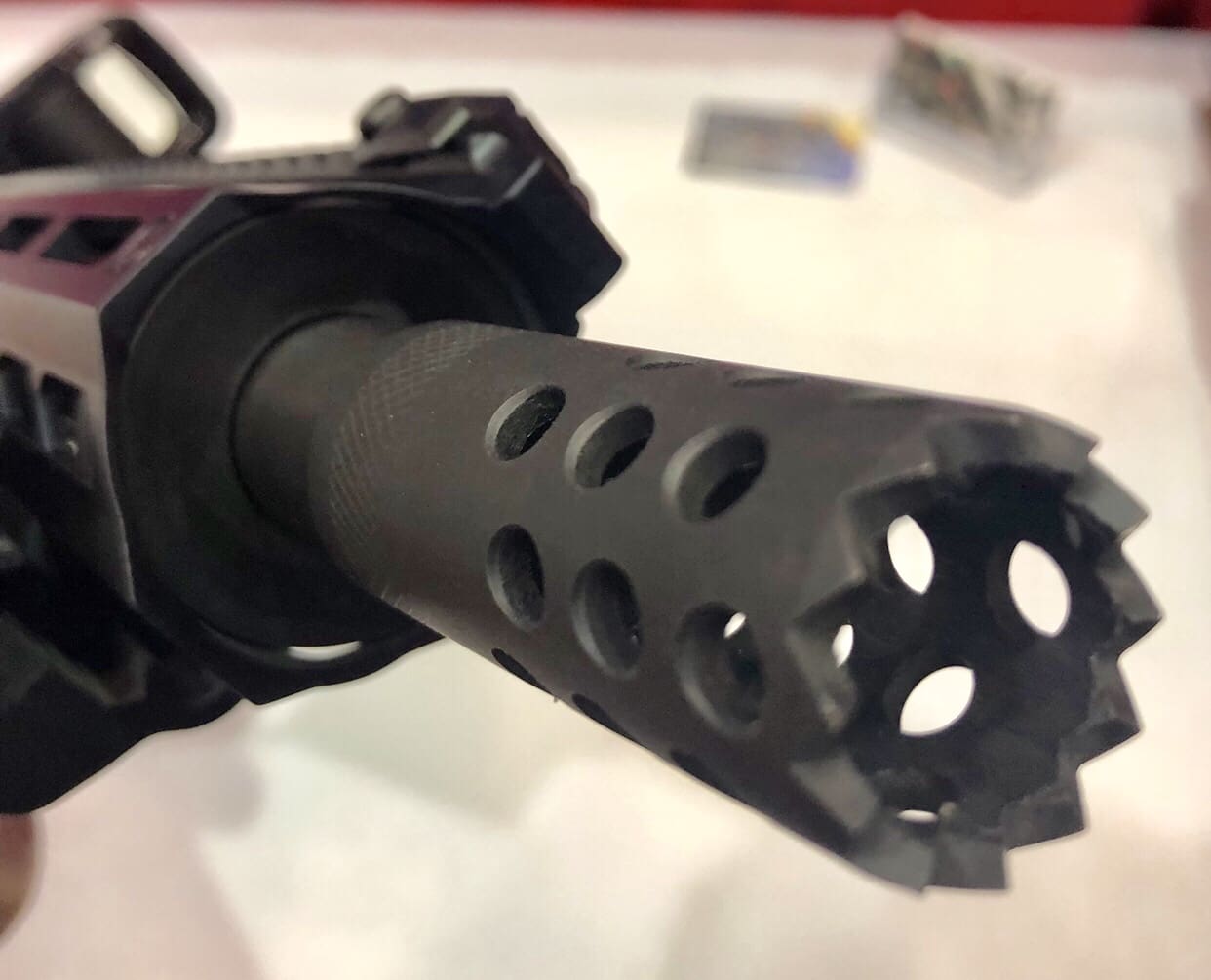
The short recoil operates as a delayed blowback with the barrel actually moving each time it is fired, like on a GLOCK. You can see the guide for the barrel in the end of the handguard. They are currently developing a standoff system for use as a breaching shotgun.
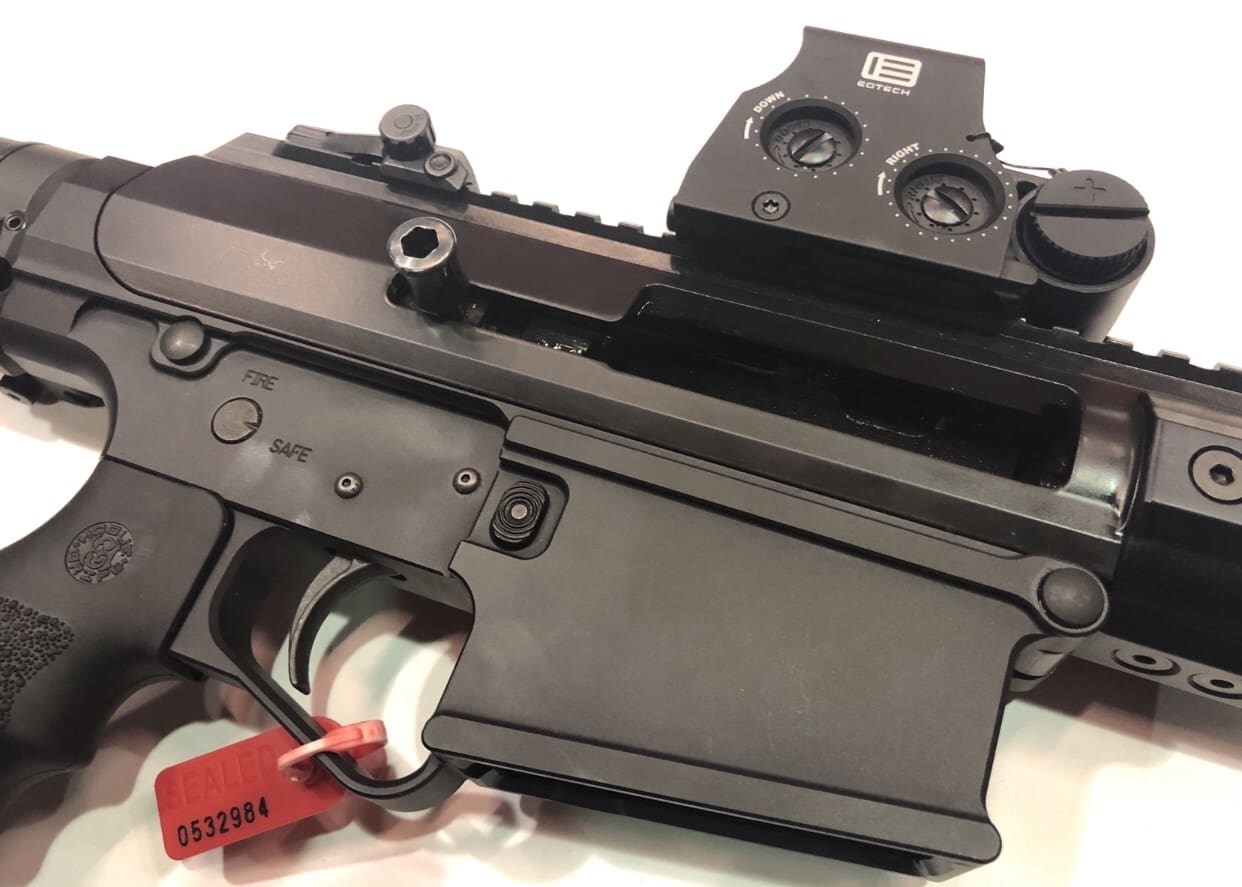
The reciprocating charging handle is on the right side of the receiver.
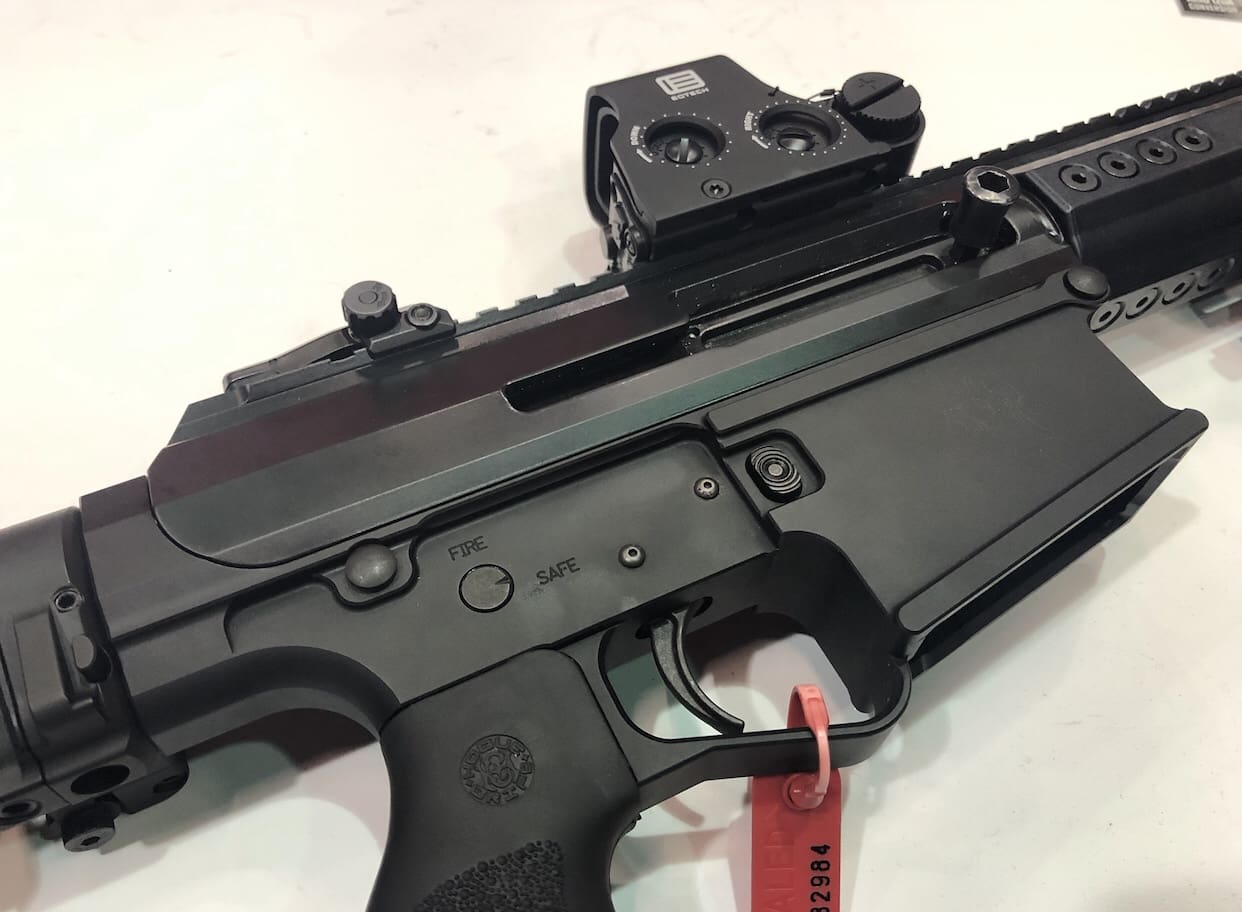
In addition to the upper, they provide a reliability package with beefed up springs for the bolt catch and magazine release.
Due to the operating system, the lower can be fitted with a folding stock.
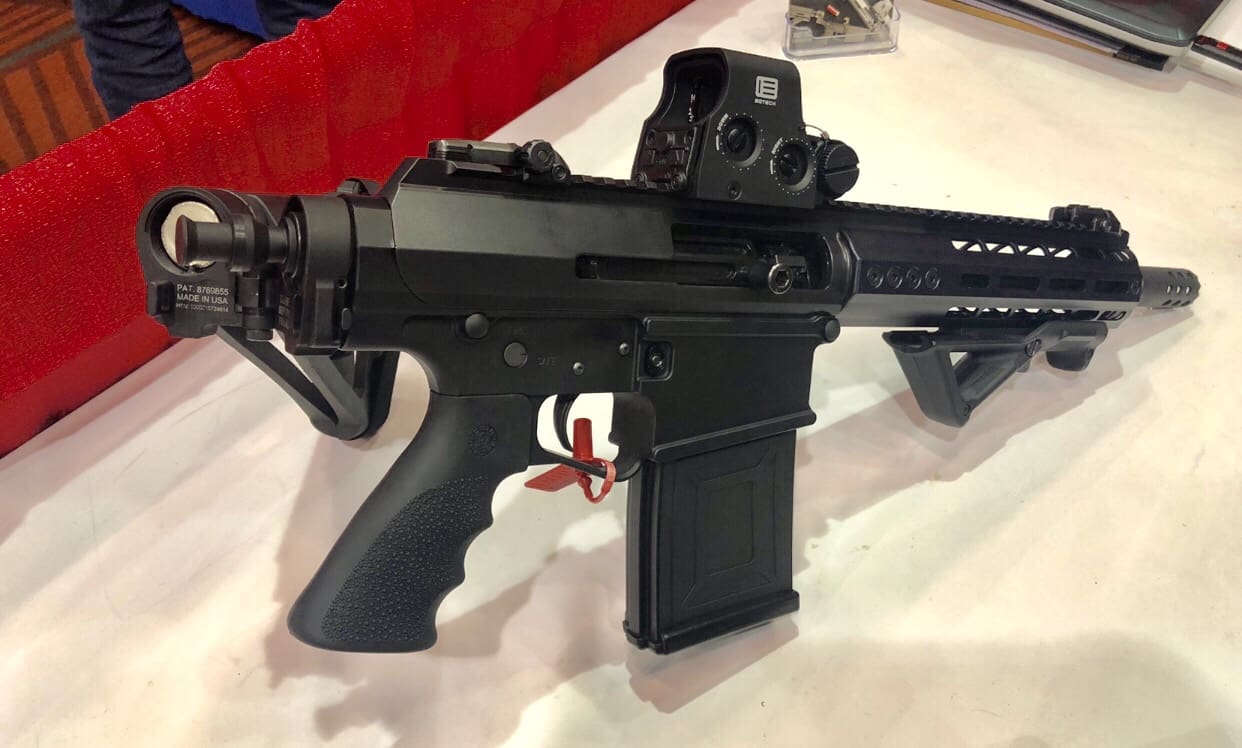
X
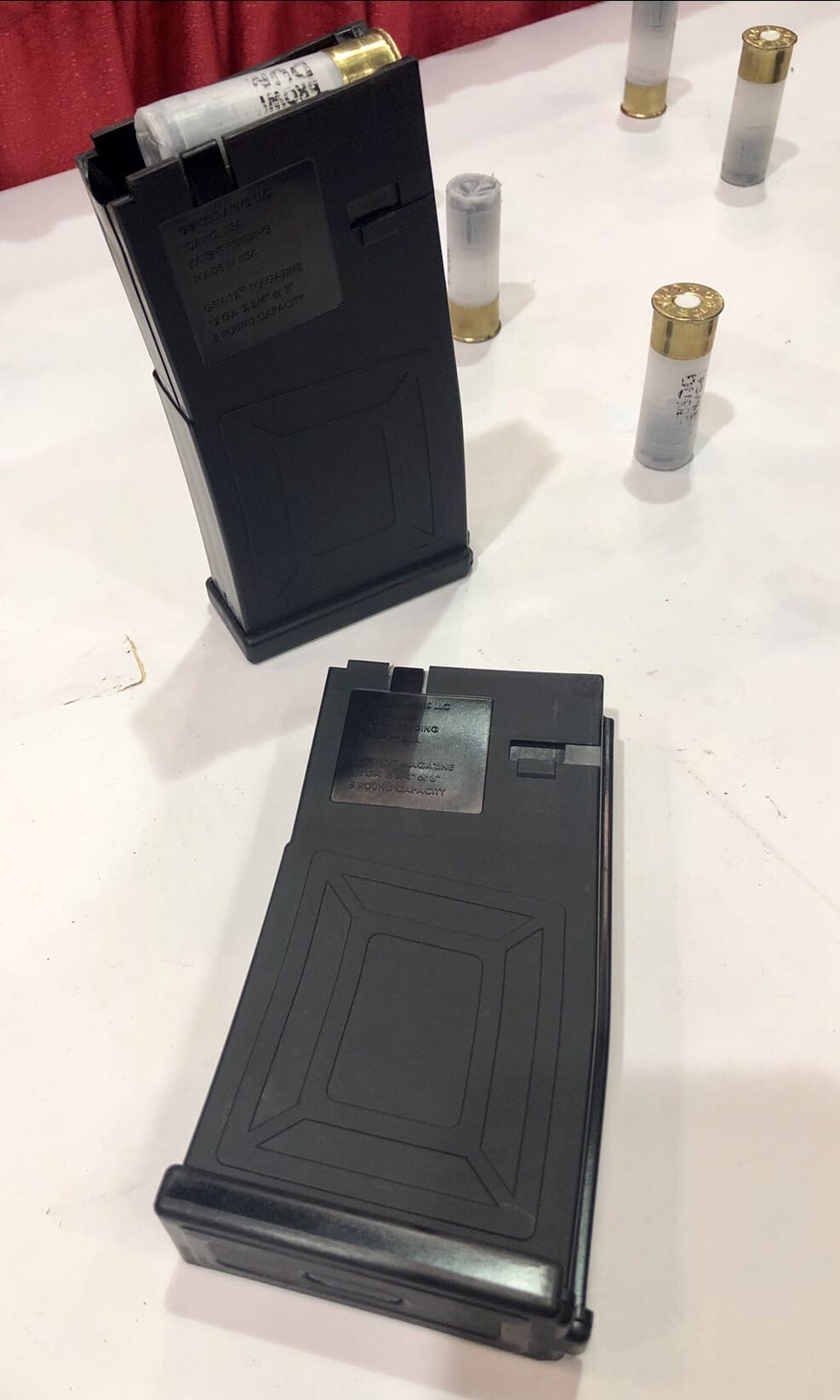
The GEN 12 uses proprietary magazines. Five round versions are currently available, but they are working on a 10 rounder. The biggest issue was working out the curve shape for a smooth feed.
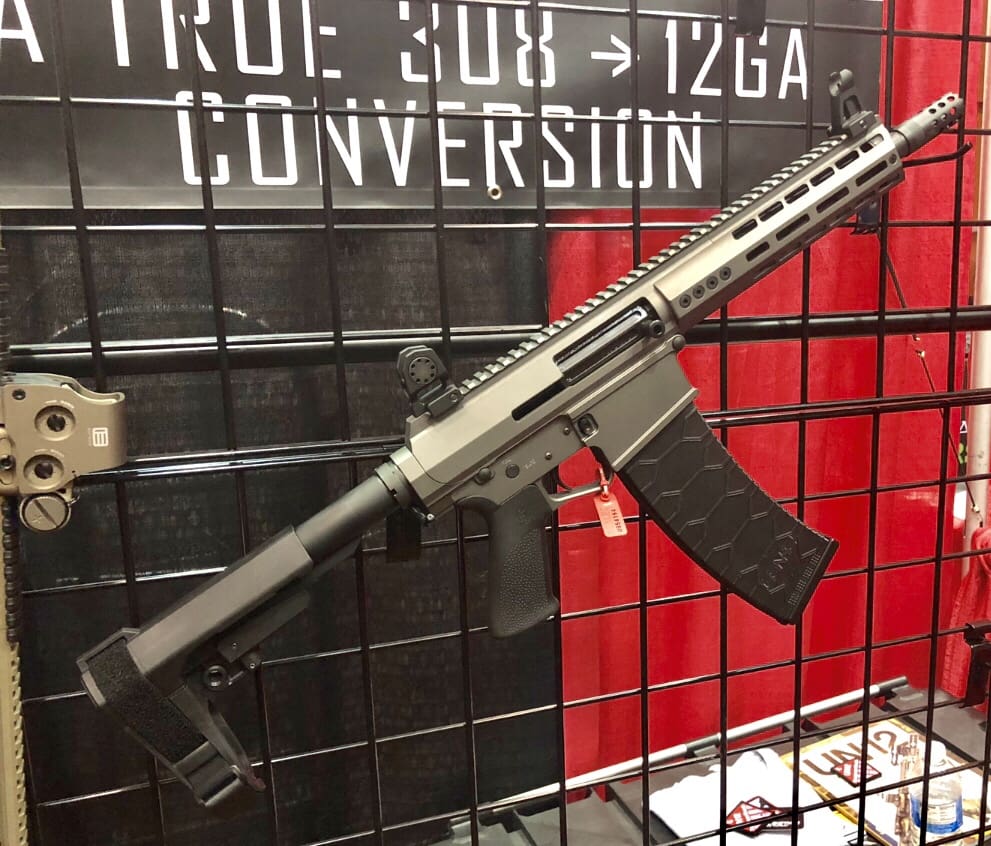
Here, you can see the follower.
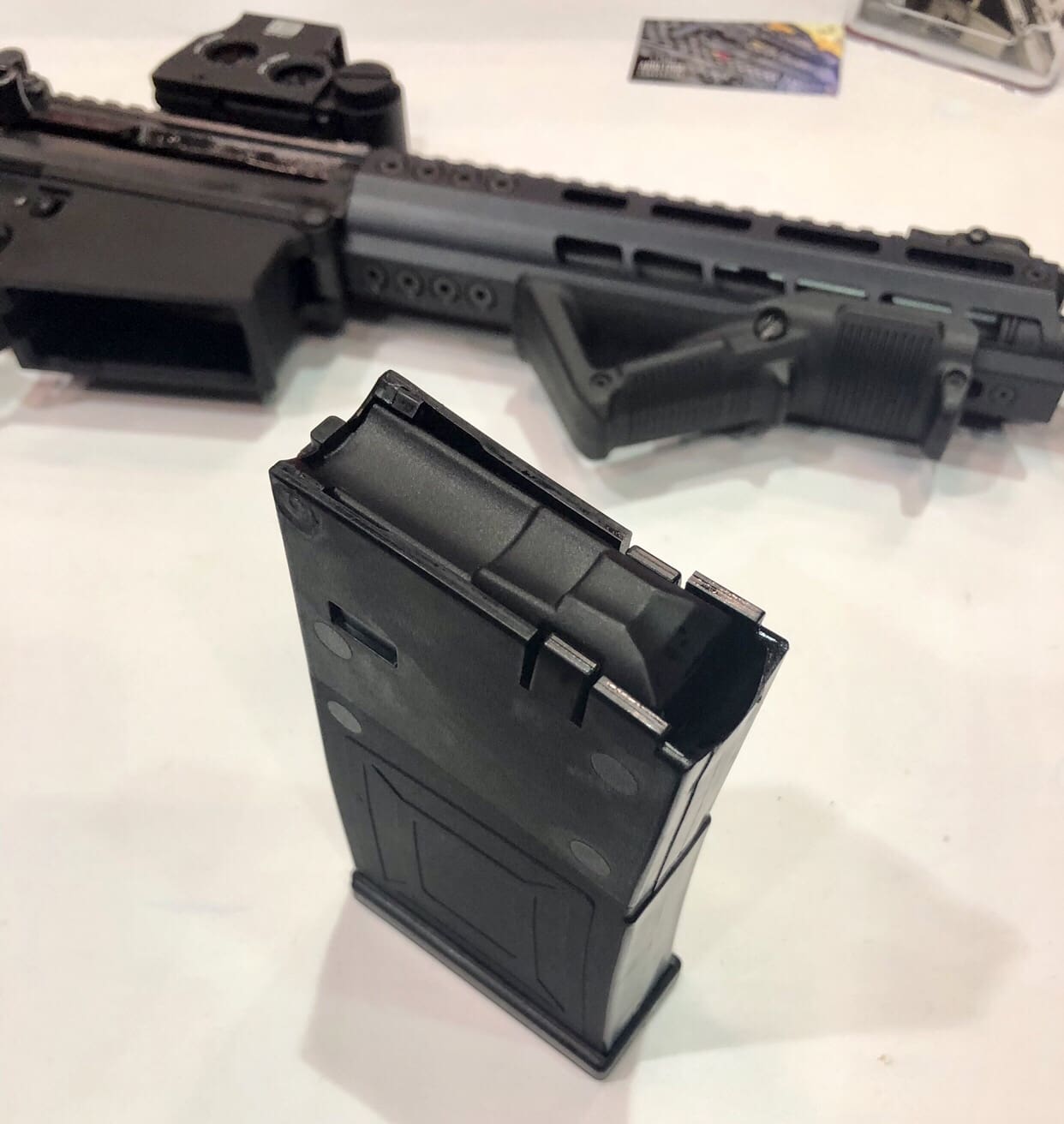
Available in stripped lower and complete pistol configurations

Bigfork, MT, October 29, 2018 7-22-19

The Shield Arms SA-15 built on the patent-pending FLR folding lower receiver is shipping now in stripped lower and complete pistol configurations! The FLR is billed as “…the world’s first folding AR-15 lower receiver – no adapter required.” You may recall coverage of the weapon last October here on Soldier Systems Daily.

The Shield Arms Folding Lower Receiver (FLR) features a folding stock mechanism machined and built directly into the receiver, allowing the stock or pistol brace to fold without the need of an aftermarket folding stock adapter. The FLR is one of several innovative products we expect to see from Shield Arms, which was originally known for their extensive magazine extension line (and later for their 15-round capacity after-market Glock 43x/48 mags).

Features:
§ Built-in folding mechanism for compact storage – NOT AN ADAPTER
§ Machined from 7075-T6 aircraft grade billet aluminum
§ Ships with standard weight proprietary buffer
§ Accepts standard AR-15 magazines
§ Matte black hard-coat anodized per Mil 8625 Type 3 Class 2
§ Precision machined magazine well with beveled feed lip for easy mag changes
§ Machined and engraved to be compatible with 45 and 60-degree short throw fire control selectors
§ Caliber marking of “MULTI”
§ Compatible with most standard AR-15 components and most aftermarket parts
§ Take down pin spring and detent hole is threaded for a 6-32 set screw for easy capturing (hardware included)
§ Upper tension screw behind grip screw (threaded hole with hardware included) to adjust any “slop” out of vertical fit between upper and lower
§ Ambidextrous trigger finger rests with grooves (above and below mag release/mag catch)
§ Threaded bolt catch pin (Threaded hole and hardware)

Get a better look by watching the video:
shieldarms.com (@shield.arms)

“As an assistant scoutmaster and a father of scouts, it was a pleasure to join the World Scout Jamboree from the International Space Station. The #ScoutJamboree, much like Station, brings out the best of international cooperation and service for something bigger than ourselves!”
COL Andrew Morgan
MC, USA
NASA Astronaut